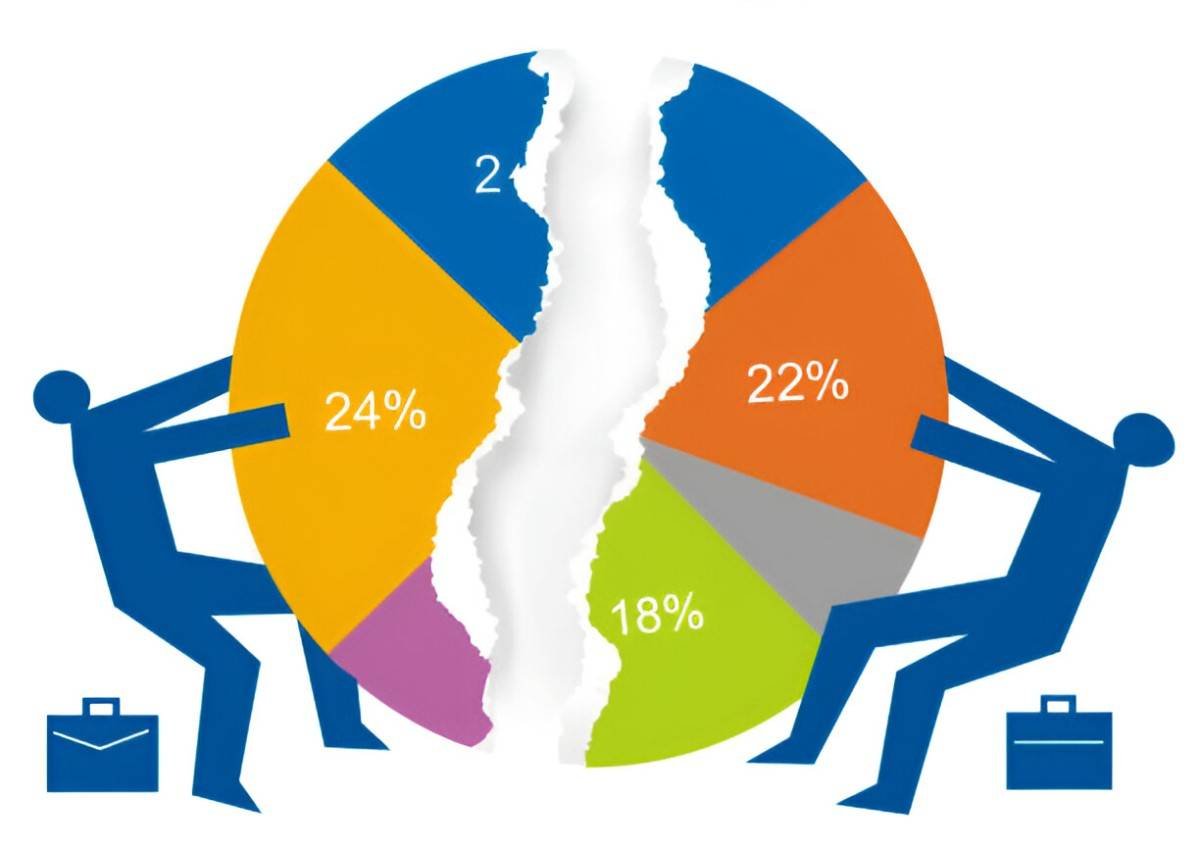Introduction
When investing in stocks, preference shares offer a unique opportunity that combines aspects of equity and debt. Among these, non-cumulative preference shares stand out due to their distinct payout structure. In this guide, I will explain what non-cumulative preference shares are, how they compare with other shares, their advantages and disadvantages, and practical examples demonstrating their financial impact.
Table of Contents
What Are Non-Cumulative Preference Shares?
Non-cumulative preference shares are a type of preferred stock that does not accumulate unpaid dividends. If the issuing company fails to declare dividends in any financial year, shareholders of these shares do not have the right to claim the missed dividends in subsequent years.
Key Features
- No Dividend Carryover: Unpaid dividends from previous years do not accumulate.
- Priority Over Common Shares: They receive dividends before common shareholders.
- Fixed Dividend Rate: The dividend is typically a fixed percentage of the share’s face value.
- No Voting Rights: In most cases, non-cumulative preference shareholders do not have voting rights.
Comparison with Other Types of Shares
Non-Cumulative vs. Cumulative Preference Shares
| Feature | Non-Cumulative Preference Shares | Cumulative Preference Shares |
|---|---|---|
| Dividend Carryover | No | Yes |
| Investor Protection | Lower | Higher |
| Dividend Stability | Less Stable | More Stable |
| Risk Level | Higher | Lower |
| Preference in Liquidation | Yes | Yes |
Preference vs. Common Shares
| Feature | Preference Shares | Common Shares |
|---|---|---|
| Dividend Priority | Higher | Lower |
| Voting Rights | Usually None | Full |
| Dividend Amount | Fixed | Variable |
| Risk Level | Lower | Higher |
Dividend Calculation Example
Let’s assume a company issues non-cumulative preference shares with a face value of $100 and an annual dividend rate of 8%.
- If the company declares a dividend in Year 1, the shareholder receives: 100 \times \frac{8}{100} = 8 dollars per share.
- If the company does not declare dividends in Year 2, the shareholder receives $0, with no claim to the missed dividends.
- In Year 3, if dividends are declared again, the shareholder receives another $8 per share.
Advantages of Non-Cumulative Preference Shares
For Investors
- Stable Returns: These shares provide a predictable income when dividends are declared.
- Lower Volatility: Less price fluctuation compared to common stocks.
- Priority in Liquidation: Higher claim on assets than common shareholders in case of liquidation.
For Companies
- No Obligation to Pay Missed Dividends: Unlike cumulative preference shares, missed payments do not create financial liabilities.
- Capital Raising Without Debt: It allows businesses to raise capital without increasing debt obligations.
- Flexibility in Dividend Payment: Companies can skip dividends in financially difficult years without legal repercussions.
Disadvantages of Non-Cumulative Preference Shares
For Investors
- No Guaranteed Dividends: If the company does not declare dividends, investors receive nothing for that period.
- Limited Upside Potential: No benefit from company growth beyond fixed dividend income.
- No Voting Rights: Investors lack decision-making power in company affairs.
For Companies
- Higher Dividend Rates Than Debt: To attract investors, companies often offer a higher dividend yield than bond interest rates.
- Potentially Less Attractive to Investors: Since investors prefer security, cumulative preference shares may be more appealing.
When Are Non-Cumulative Preference Shares Used?
Companies typically issue non-cumulative preference shares in the following situations:
- Industries with Fluctuating Earnings: Companies in cyclical industries like airlines or tourism may use them to maintain financial flexibility.
- Startups and Growth Companies: New businesses that cannot guarantee consistent dividends use them to attract investors without long-term obligations.
- Corporate Restructuring: When companies need capital without incurring debt, they issue these shares.
Practical Illustration
Scenario 1: Company Declares Consistent Dividends
Company ABC issues non-cumulative preference shares at a face value of $50 with a dividend rate of 6%. The investor receives:
50 \times \frac{6}{100} = 3 dollars per share annually if dividends are declared.
Scenario 2: Company Skips Dividends
If ABC does not declare dividends in Year 2, investors receive $0 for that year. In Year 3, when dividends are declared, they receive $3 per share again. There is no compensation for the missed payment in Year 2.
Tax Implications in the U.S.
In the U.S., dividend income from preference shares is usually taxed at the qualified dividend tax rate if held for more than 60 days. Otherwise, they are taxed as ordinary income.
Example of Taxation
If an investor holds 500 shares of a non-cumulative preference stock earning $4 per share annually:
- Total Annual Dividend: 500 \times 4 = 2000 dollars.
- Tax Bracket Impact: If dividends qualify for a 15% tax rate, the tax owed is: 2000 \times 0.15 = 300 dollars.
Who Should Invest in Non-Cumulative Preference Shares?
Suitable for:
- Investors Seeking Fixed Income: Those who prioritize steady income over capital appreciation.
- Low-Risk Tolerance Individuals: Investors who prefer assets less volatile than common stocks.
- Institutional Investors: Large entities looking for dividend-paying assets without voting control.
Not Suitable for:
- Growth-Oriented Investors: Those looking for capital appreciation.
- Dividend-Dependent Retirees: Investors who require consistent payouts may prefer cumulative shares.
Conclusion
Non-cumulative preference shares provide a middle ground between common stocks and bonds. They offer potential dividends without the long-term liabilities that come with cumulative preference shares. However, their lack of guaranteed payments makes them riskier than bonds or cumulative preference shares. Understanding their advantages, risks, and tax implications helps investors make informed decisions.





